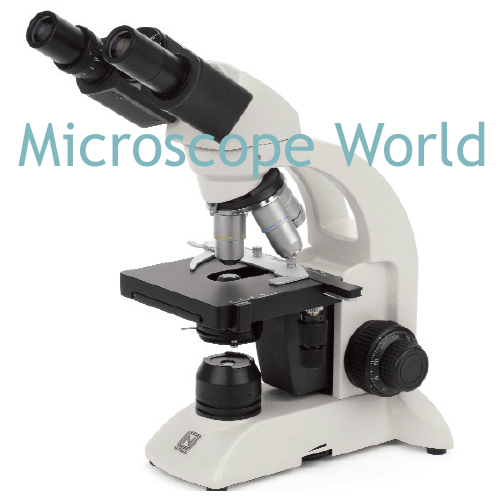Different animals and creatures habitat different areas of the country. You don't need to travel anywhere for this science project - simply start in your own back yard! Then, if you ever travel somewhere for a vacation, you can repeat this science experiment in a new area and compare your findings.
This project is made to classify animals into different groups. How many different groups of animals and creatures are located near your home? Your backyard may be more bio-diverse than you think!
Materials Required:Microscope for viewing samples
Pen and paper to record findings
Optional -
microscope camera to capture images.
The goal of the project is to observe things that move - animals both large and small. If you are able to pick up the smaller insects, take them home to view them under the microscope. Some good locations for observation include:
- Parks
- Your back yard at home
- A creek or pond
- Wooded areas
- The desert
- A garden
Note the time of day you performed your experiment (some animals only come out at night - they are referred to as nocturnal).
Antennae captured under the
microscope at 100x magnification.
In your notebook jot down the following:
Habitat (were you in the grass, digging in the soil, was the animal up in a tree?)
Animal (earthworm, squirrel, ant, snail, etc.)
Draw a sketch or capture an image under the microscope.
What Phyla does this animal belong to? (You may need help from a teacher or a book to determine this - below you will find a few examples to help you.)
- Arthropods = ants, grasshoppers, spiders
- Annelids = earthworms
- Molluscs = snails & slugs
- Chordates = birds & squirrels
- Echinoderms = starfish
- Porifera = sea sponge
Record your findings and share with your class. What category above do you fall into? Which Phylum did you find the most animals for?






































